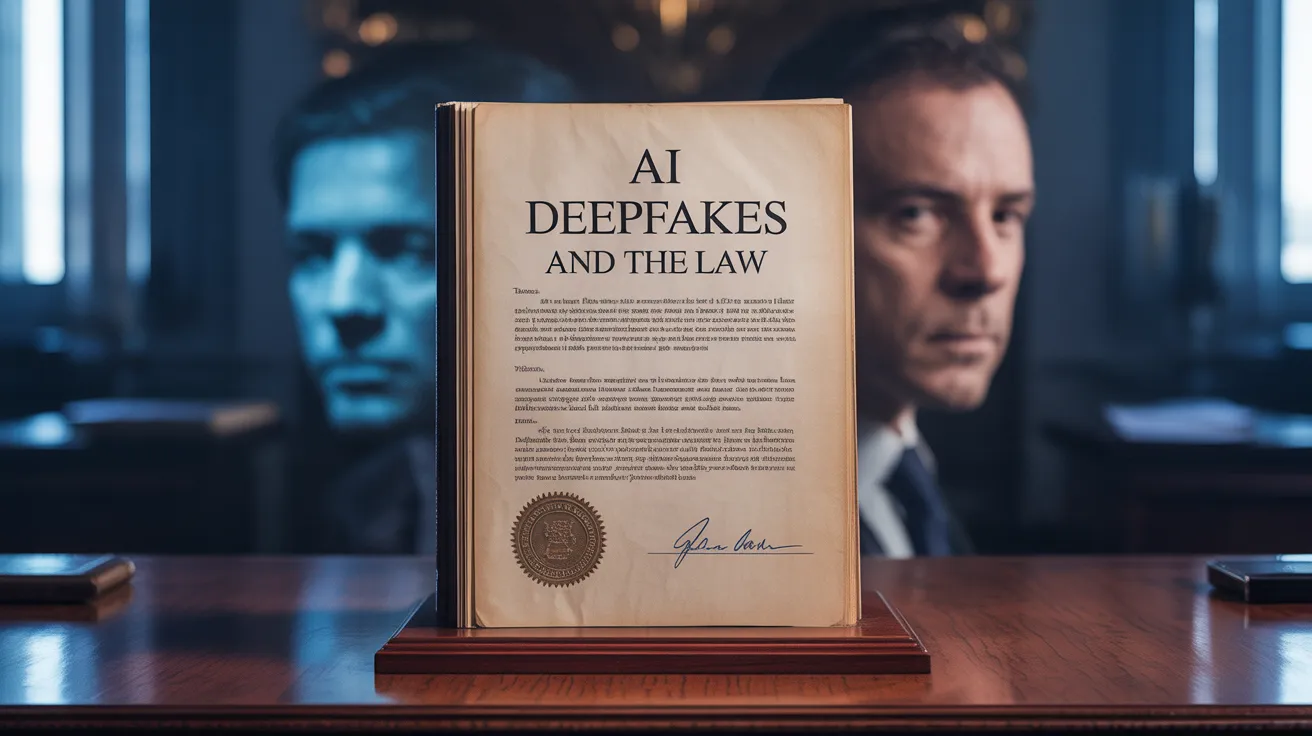Money laundering is one of the most pressing financial crimes worldwide. It allows criminals to hide the source of illegal funds and make them look legitimate. Understanding how this crime works can help individuals, small businesses, and even governments spot suspicious activities and protect themselves.
In this article, we’ll break down the basics of money laundering, explore how it affects society, look at real-world examples, and share practical tips to reduce risks.

What Is Money Laundering?
In simple terms, money laundering is the process of disguising the origins of illegally obtained money. Criminals funnel “dirty” money through a series of transactions to make it appear “clean.”
This isn’t just something from movies. Around the world, law enforcement agencies and banks work every day to track and stop such activities.
Why Money Laundering Matters
Many people think this crime only impacts banks or big corporations, but its effects are far-reaching. It can:
- Fund organized crime, terrorism, and drug trafficking.
- Distort financial markets and harm legitimate businesses.
- Lead to loss of government revenue and weaker public services.
Understanding it is not only about compliance; it’s about protecting the economy and our communities.
How It Works
Although criminals use many techniques, the process typically follows three stages:
1. Placement
Illicit money enters the financial system. For example, a criminal might deposit large amounts of cash into a bank account, break it into smaller deposits, or use it to buy goods.
2. Layering
Funds are moved through multiple transactions to obscure their origin. This can include wiring money across borders, using shell companies, or investing in assets.
3. Integration
The laundered money re-enters the legitimate economy as seemingly clean funds. It may show up as business revenue, investments, or property purchases.
By the end of this process, tracing the original source becomes very difficult.
Common Methods
Criminals adapt their tactics constantly. Some of the most common methods include:
- Structuring or Smurfing: Breaking up large cash amounts into smaller deposits to avoid detection.
- Trade-Based Techniques: Mispricing imports or exports to move value across borders.
- Real Estate Transactions: Buying property with illicit funds, then selling it to integrate clean money.
- Cryptocurrencies: Using digital assets to move money quickly and anonymously.
Understanding these techniques helps banks, businesses, and individuals spot red flags early.
Real-World Examples
Many high-profile cases show how damaging this crime can be. For example, several global banks have been fined billions for failing to stop suspicious transactions.
In another case, an international smuggling ring used luxury goods and offshore accounts to hide millions of dollars. These examples show why regulators are tightening anti-money-laundering (AML) rules.
Impact on Businesses and Individuals
Even small businesses can become unwitting tools for this crime. For instance, cash-heavy operations like restaurants or retail shops can be targeted by criminals looking to “clean” illicit funds.
If a business is caught up in suspicious transactions, it risks heavy fines, legal trouble, and loss of reputation. That’s why understanding your customers and monitoring transactions is crucial.
How Governments Fight It
Governments worldwide have implemented laws like the Bank Secrecy Act (BSA) in the U.S. or the Prevention of Money Laundering Act (PMLA) in India. These laws require banks and businesses to report suspicious activities.
International bodies such as the Financial Action Task Force (FATF) also set standards for combating these practices globally.
Practical Tips to Protect Your Business
If you run a business or handle customer payments, here are some steps to reduce your risk of involvement:
- Know Your Customer (KYC): Verify identities before doing business.
- Monitor Transactions: Watch for unusual patterns or large cash deposits.
- Train Employees: Teach staff how to spot and report suspicious activity.
- Maintain Records: Keep clear documentation of financial transactions.
These practices not only ensure compliance but also protect your reputation and customers.
Future Trends
As technology evolves, so do the tactics behind money laundering. Criminals are experimenting with online marketplaces, digital currencies, and even artificial intelligence to move funds undetected.
At the same time, regulators are improving tracking systems and cross-border cooperation. Staying informed about these trends can help businesses and individuals stay one step ahead.
Conclusion
Money laundering is more than just a financial crime; it’s a global issue that affects economies, governments, and everyday people. By understanding how it works, recognizing its impact, and applying preventive measures, we can all play a role in reducing its harm.
Whether you’re a small business owner, a finance professional, or simply a curious reader, staying aware of money laundering practices helps protect both your interests and the broader financial system.





